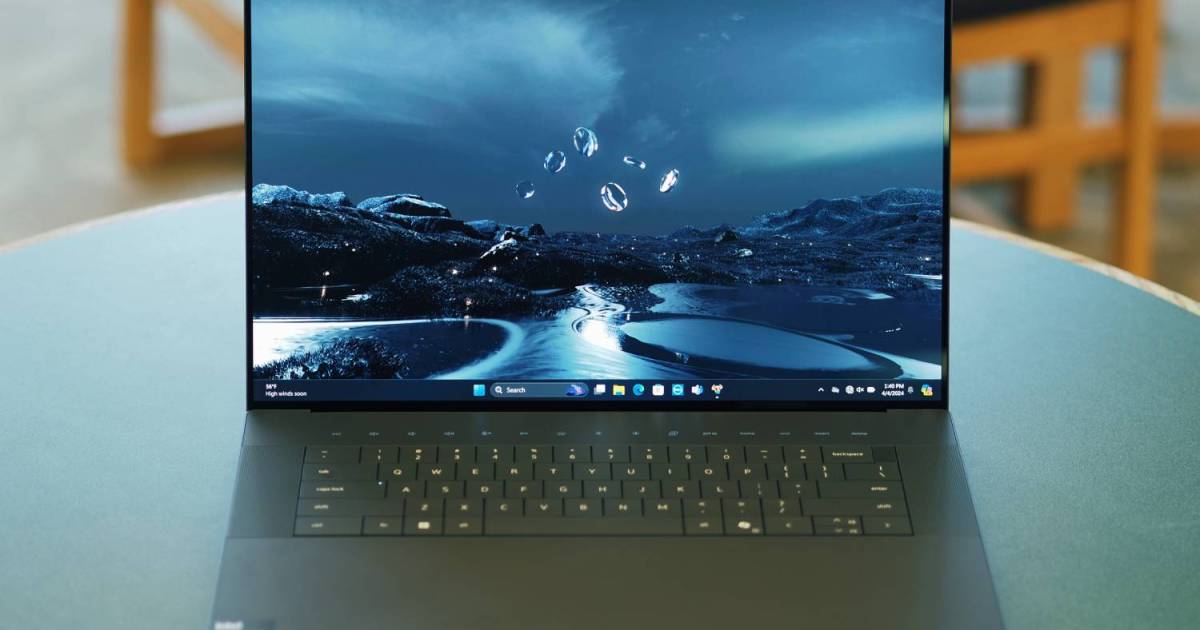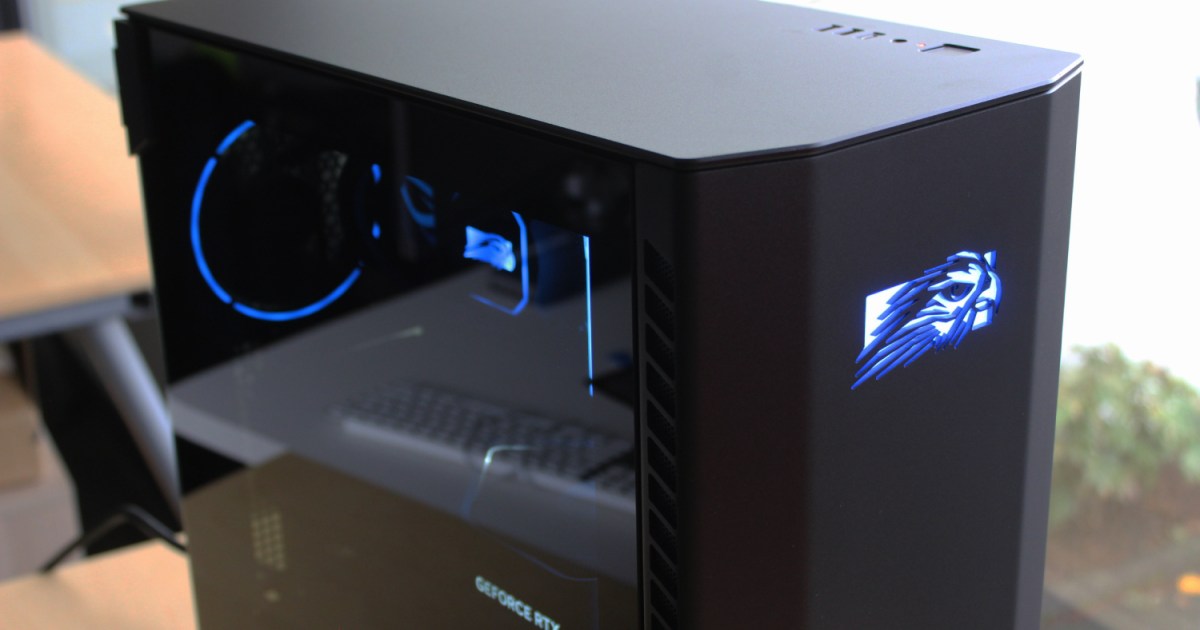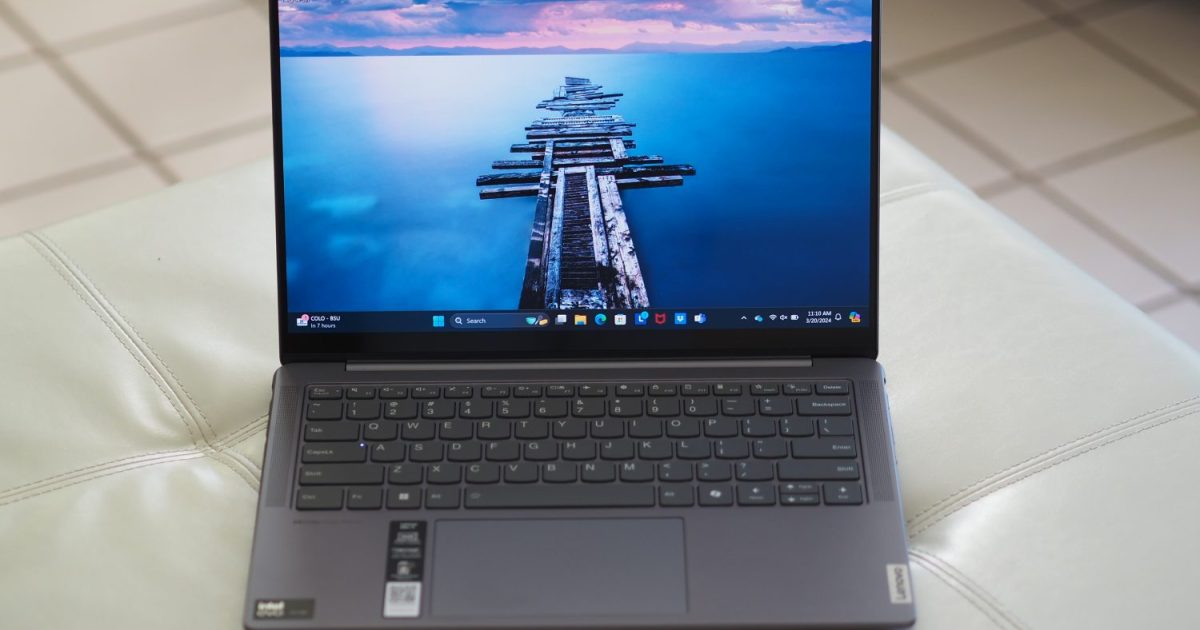The HTC Vive XR Elite remains a compelling VR headset a year after its launch, offering unique versatility and adaptability. While Meta’s Quest 2 dominates the market, the Vive XR Elite carves its own niche, earning a spot among the best VR headsets for PC and overall. This review delves into the features and functionality of the Vive XR Elite, exploring its strengths and weaknesses in the current VR landscape.
Three Versatile Wearing Styles
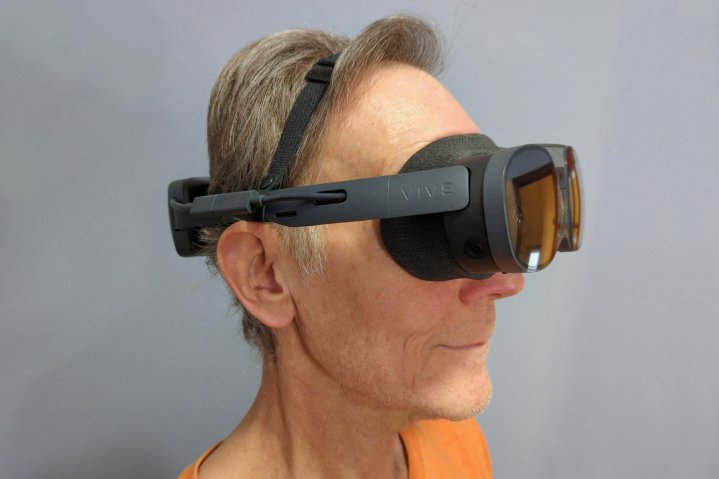 alt text: The HTC Vive XR Elite VR headset with the standard facial interface and rear battery pack attached.
alt text: The HTC Vive XR Elite VR headset with the standard facial interface and rear battery pack attached.
Comfort is paramount in VR, and the Vive XR Elite addresses this with three distinct wearing styles. The standard configuration uses a halo strap and rear battery, distributing the 1.4-pound weight evenly. While slightly heavier than the Quest 3, it’s lighter than the Quest Pro.
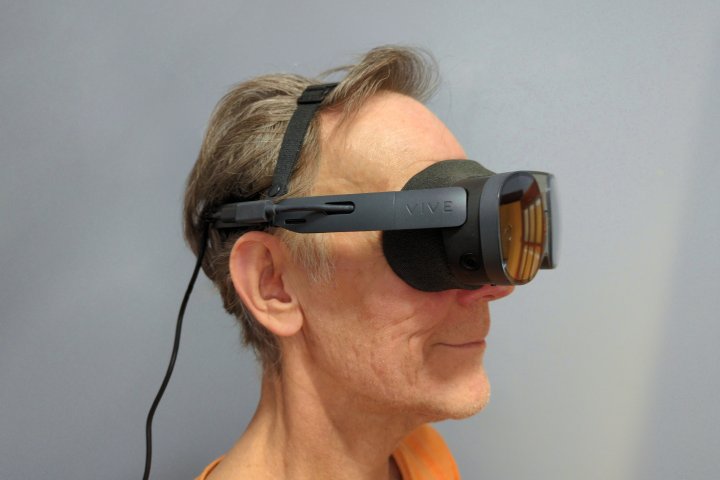 alt text: The HTC Vive XR Elite in glasses mode, using earpieces and a cross strap instead of the halo strap and battery.
alt text: The HTC Vive XR Elite in glasses mode, using earpieces and a cross strap instead of the halo strap and battery.
The second option, “glasses mode,” replaces the halo strap and battery with earpieces and a cross strap, reducing the weight to a mere 0.6 pounds. This configuration offers exceptional lightness and comfort.
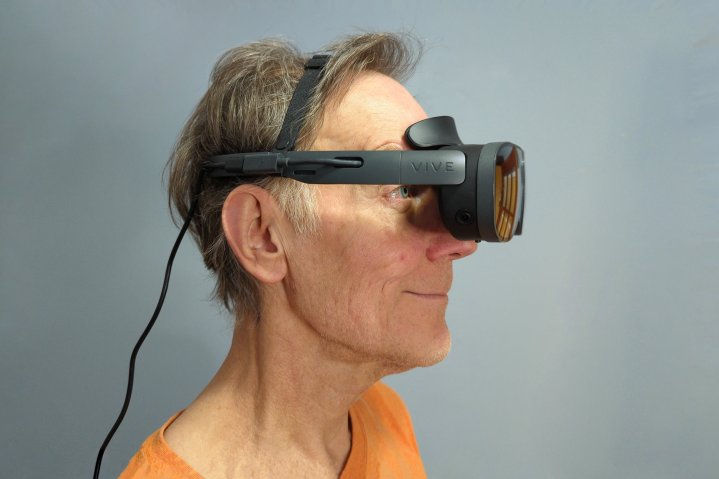 alt text: The HTC Vive XR Elite with the mixed reality interface and in glasses mode, offering a comfortable and open peripheral view.
alt text: The HTC Vive XR Elite with the mixed reality interface and in glasses mode, offering a comfortable and open peripheral view.
The third and arguably best option is the optional mixed reality (MR) interface. This replaces the facial cushion with a forehead pad, allowing for peripheral vision similar to the Meta Quest Pro. This mode works with both the battery strap and in glasses mode.
Enhanced PC VR Experience
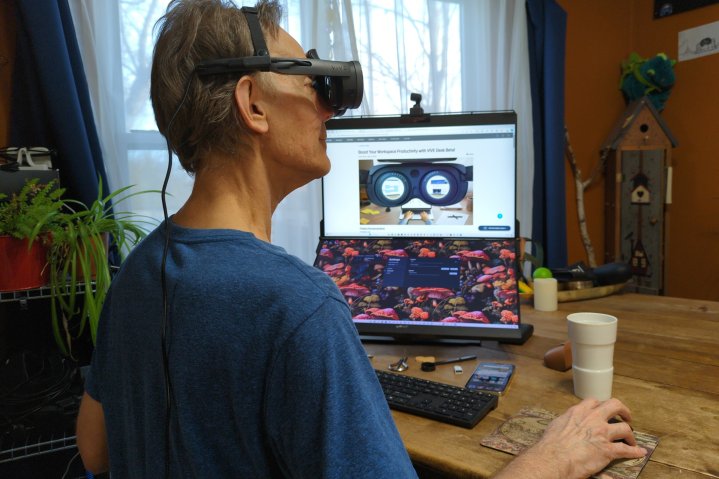 alt text: The HTC Vive XR Elite connected to a PC via a USB-C port for PC VR experiences.
alt text: The HTC Vive XR Elite connected to a PC via a USB-C port for PC VR experiences.
Connecting the Vive XR Elite to a PC unlocks its full potential. The Vive Desk app (currently in beta) allows for customized virtual desktop setups with up to three resizable and repositionable screens. The passthrough mode, while not as impressive as the Quest 3 or Vision Pro, provides a clear view of the physical environment.
The 1920×1920 per-eye resolution is standard for its release date, but falls short of newer headsets. However, scaling virtual screens to larger sizes mitigates this issue. This setup effectively replaces a multi-monitor setup without the physical space requirements.
Standalone Gaming Capabilities
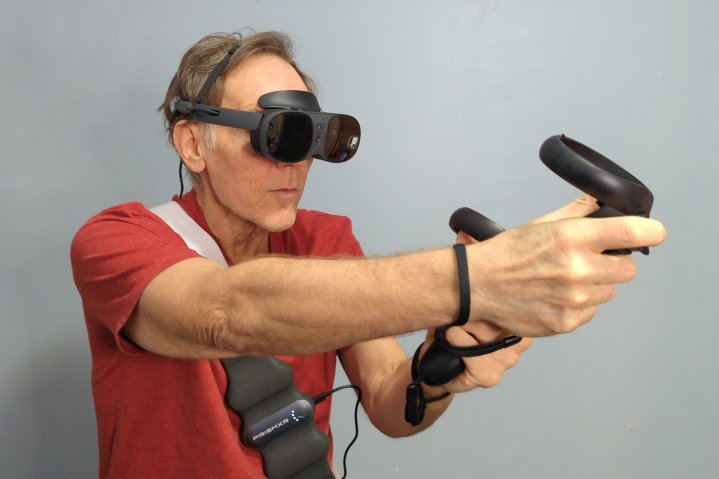 alt text: The HTC Vive XR Elite in glasses mode with an external battery belt for standalone gaming.
alt text: The HTC Vive XR Elite in glasses mode with an external battery belt for standalone gaming.
The Vive XR Elite also functions as a standalone VR headset. While the game library is smaller than Meta’s Quest store, it offers several quality titles, including Hubris and OpenBrush. For standalone mode, the halo strap and battery pack are required, though external batteries can be used with glasses mode. The inclusion of hand-tracking and a robust guardian system further enhances the standalone experience.
Should You Buy the HTC Vive XR Elite?
Priced at $1,099, the HTC Vive XR Elite offers a premium VR experience. The optional MR Gasket adds further value, mimicking the Quest Pro’s floating visor design. Its unique glasses mode and PC VR capabilities make it a strong competitor.
However, the Quest 3 remains a compelling alternative for most users due to its lower price and broader appeal. The upcoming Snapdragon XR2+ Gen 2 powered HTC headset promises even better performance and visuals, making it worth considering delaying a purchase.
Conclusion
The HTC Vive XR Elite presents a compelling blend of versatility and performance. Its adaptable design, PC VR capabilities, and standalone functionality cater to a diverse range of users. While newer headsets offer higher resolutions and potentially better performance, the Vive XR Elite’s unique features and comfortable design still hold value in the current VR market. Consider your needs and budget carefully, especially with the promise of newer hardware on the horizon.





